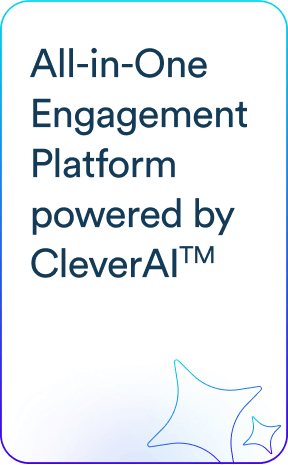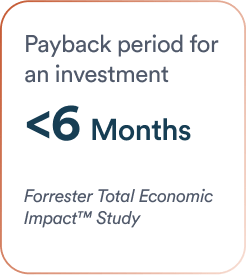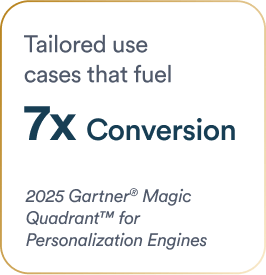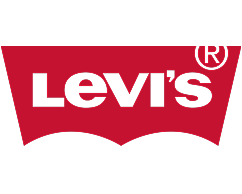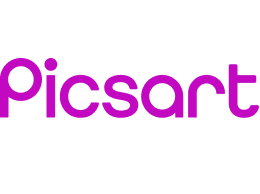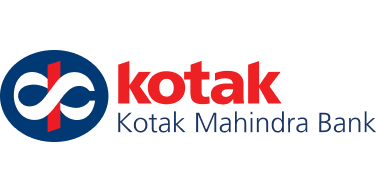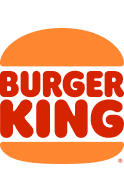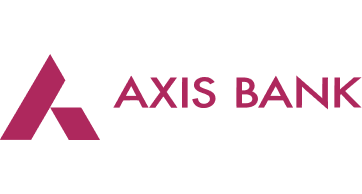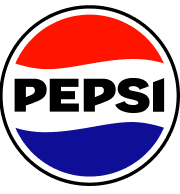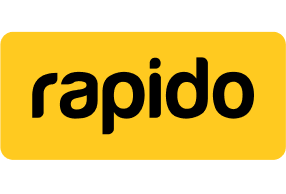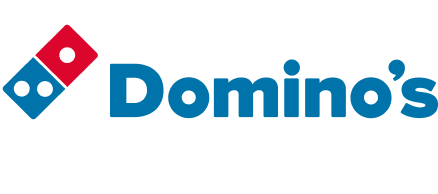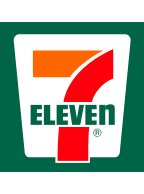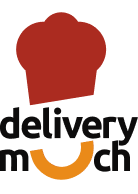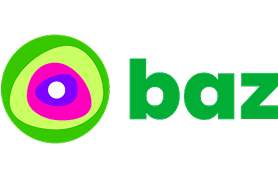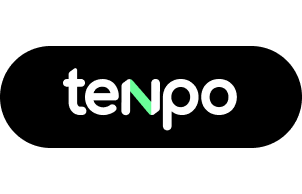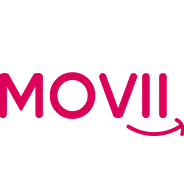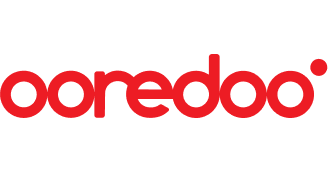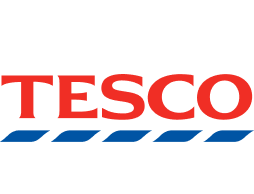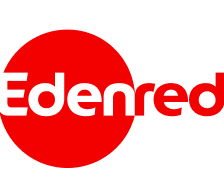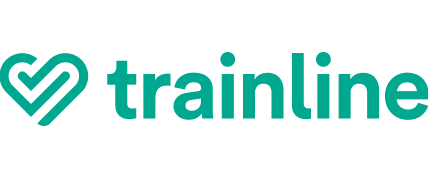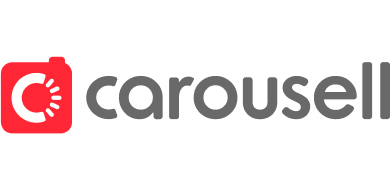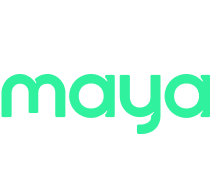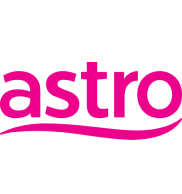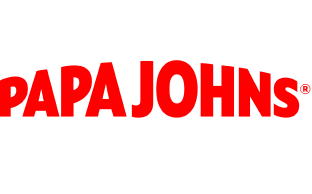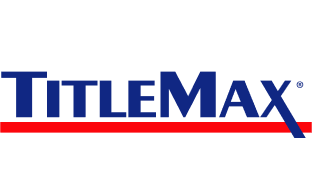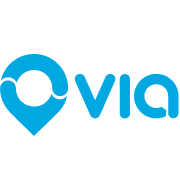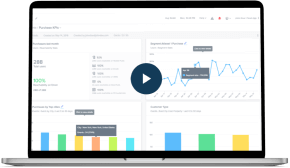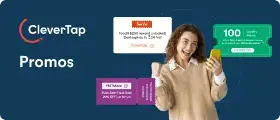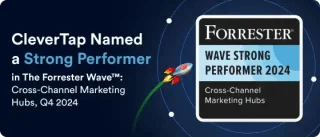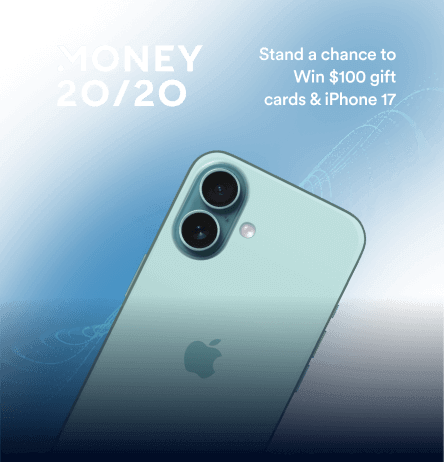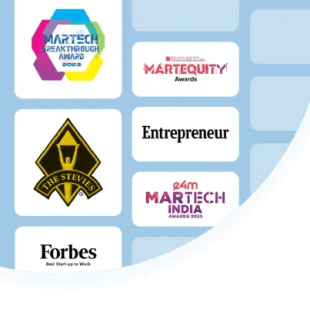With boardrooms demanding accountability, the need for measurable ROI is at an all-time high. You can’t deliver that ROI with simple brand awareness plays. At the same time, customer behavior is shifting. With 84% of consumers searching online for local businesses daily, the challenge for app marketers, growth leads, and CMOs is precision. That’s exactly why you need hyperlocal marketing.
Hyperlocal marketing targets users within a narrow geographic radius around a store or service zone. This precision results in high-intent actions from immediate local demand. Examples include in-store visits, app downloads, direction requests, phone calls, and food delivery orders.
Mobile penetration has made this possible. With nearly 5.78 billion smartphone users worldwide, people no longer browse passively. They search and act on the move, completing journeys inside Google Maps or Google Business Profiles (GBP).
This spread of smartphones has pushed personalized targeting down to the block level, unlike traditional local marketing, which relies on broad city or regional reach. Traditional local marketing uses radio, print, or regional TV to build awareness but lacks the precision of hyperlocal marketing.
What is Hyperlocal Marketing and Why Does It Matter?
Hyperlocal marketing targets and personalizes messages for customers within a one-to-two-mile radius, a single ZIP code, or even a neighborhood around a physical business location. It uses real-time location signals to drive immediate actions like calls, directions, visits, or orders.
Mobile-first behavior, the rise of ‘near me’ and voice searches, and higher expectations for personalized, instant results all make hyperlocal marketing essential today.
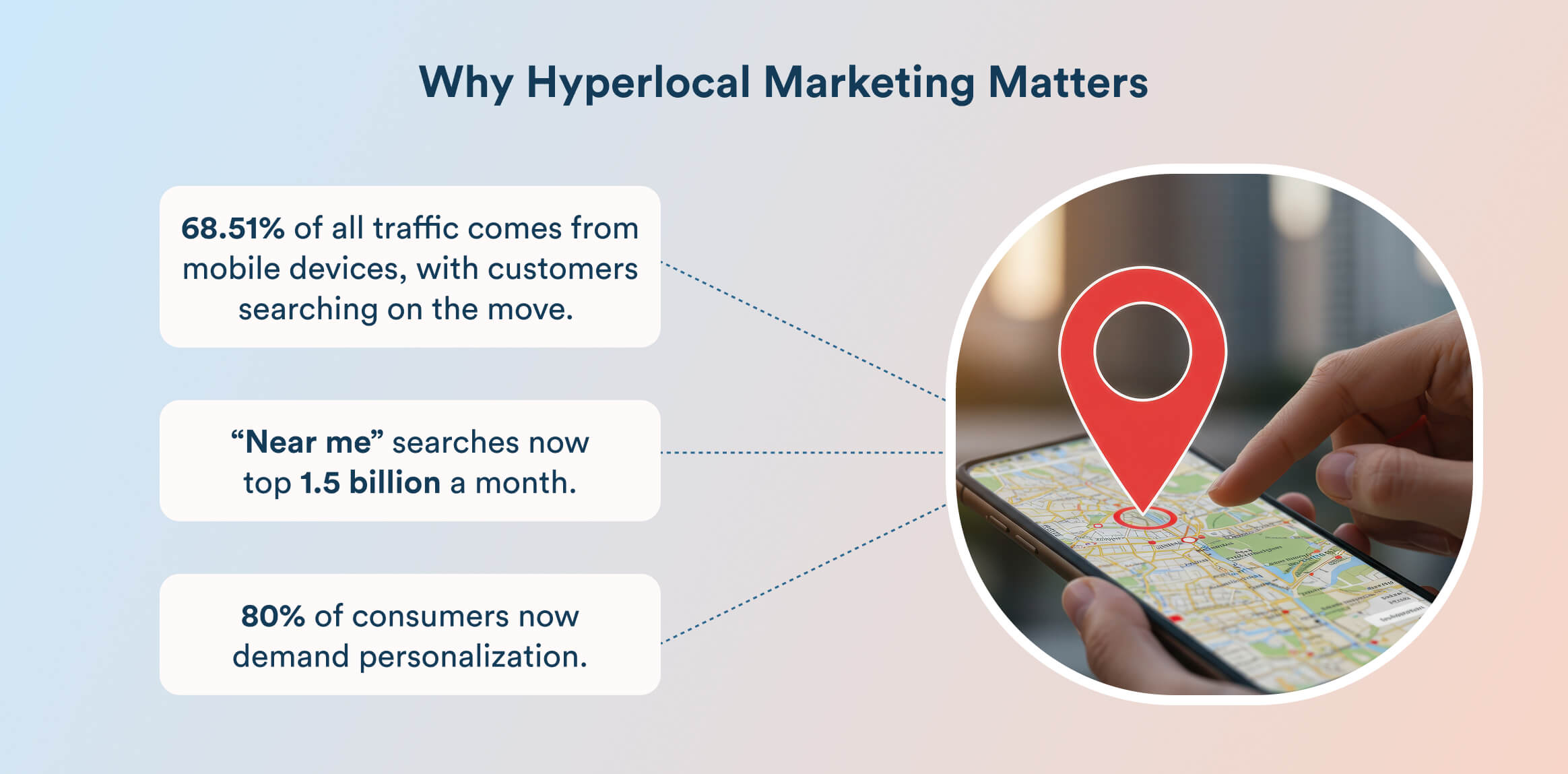
Discovery Now Starts on Mobile
Mobile is the default discovery device, accounting for 68.51% of all traffic. This means the first touchpoint with your brand is often Google Maps, Apple Maps, or a mobile app. When customers search on the move, proximity, accuracy, and availability decide whether they call you, get directions, or choose a competitor.
‘Near me’ Queries and Voice Search Outpace Broad Search
Hyperlocal mobile advertising is on the rise. “Near me” searches now top 1.5 billion a month. Consumers reach for their phones to solve problems, whether it’s for finding a coffee shop open now or a pharmacy along their route. Voice assistants in cars and smart speakers amplify this behavior. While Google search impressions have dropped nearly 30% since 2022, high-intent actions tell a different story. Calls, bookings, and direction requests continue climbing.
Consumers Want Instant and Personalized Results
Mobile-first discovery has raised expectations and the stakes. 80% of consumers now demand personalization, yet two-thirds feel brands still miss the mark. Hyperlocal marketing bridges that gap with relevant suggestions based on a customer’s location and buying intent. It combines proximity with immediacy to turn interest into action.
Understanding why hyperlocal marketing matters is only half the picture. Marketers’ advantage comes from understanding how it works.
How Hyperlocal Marketing Works
Hyperlocal marketing uses location signals from mobile devices (like Bluetooth, GPS, Wi-Fi, and cellular networks) and targeting technologies (like geofencing, beacons, and geotargeting). Hyperlocal campaigns use a combination of location and targeting signals to deliver ads, push notifications, or in-app experiences at the right time and place.
Geotargeting
Geotargeting narrows ad delivery to a radius, ZIP code, or custom polygon instead of an entire city. Advertising platforms let you target users by presence (users physically present in the area) and interest (users searching about the area). Geotargeting zeroes in on people ready to act, helping you save ad spend and push local conversions like calls or store visits.
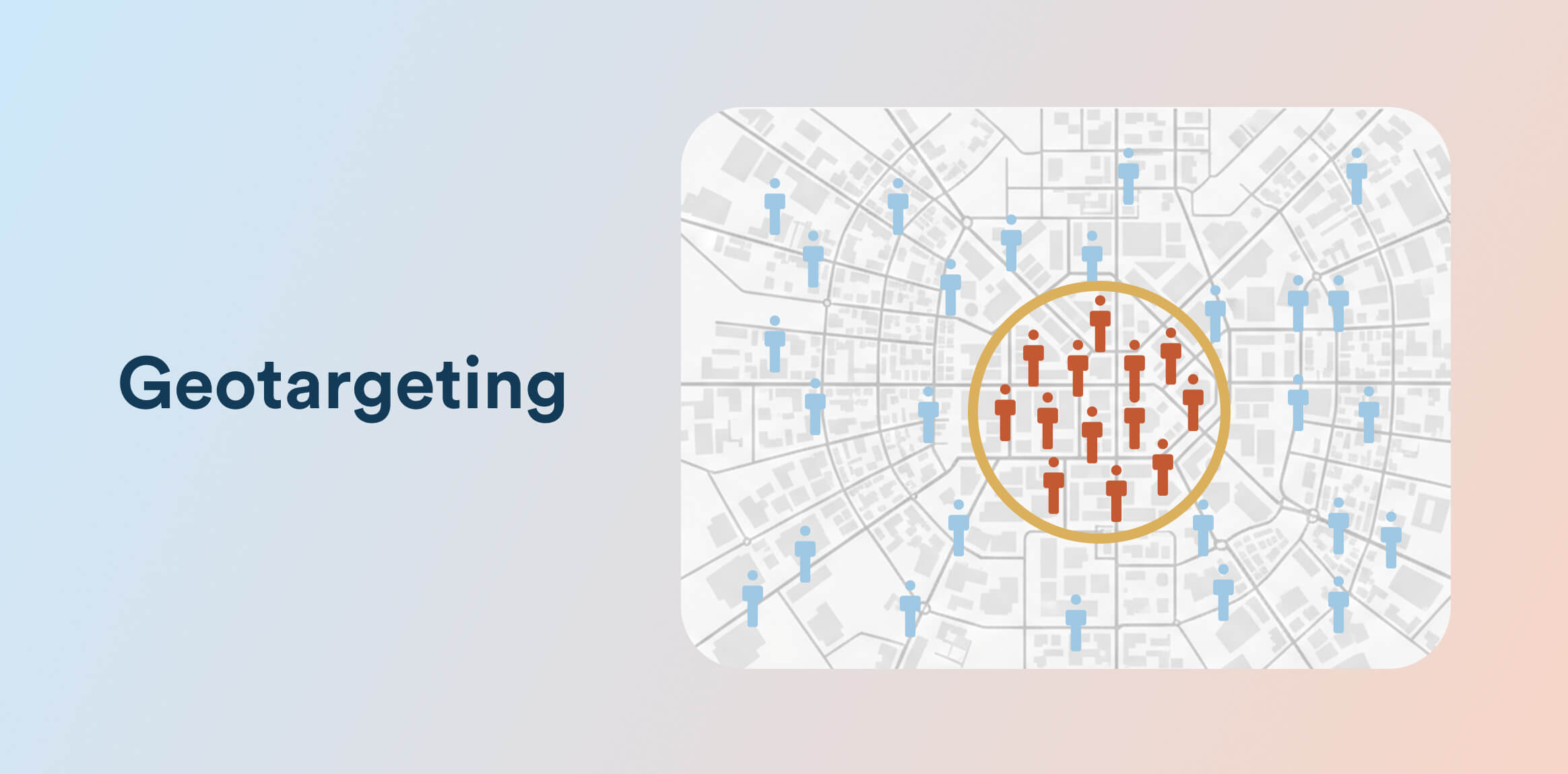
Geofencing
Geofencing creates virtual boundaries or fences around physical locations like stores or neighborhoods. Then, it triggers actions like in-app offers, loyalty reminders, or push notifications when a mobile device crosses these boundaries.
On iOS, core location APIs handle geofencing marketing. Android devices use the geofencing API to power this feature. Both track three main events: entry, exit, and dwell. Marketers can add a dwell threshold to prevent false positives, so a quick pass-through doesn’t activate a notification.
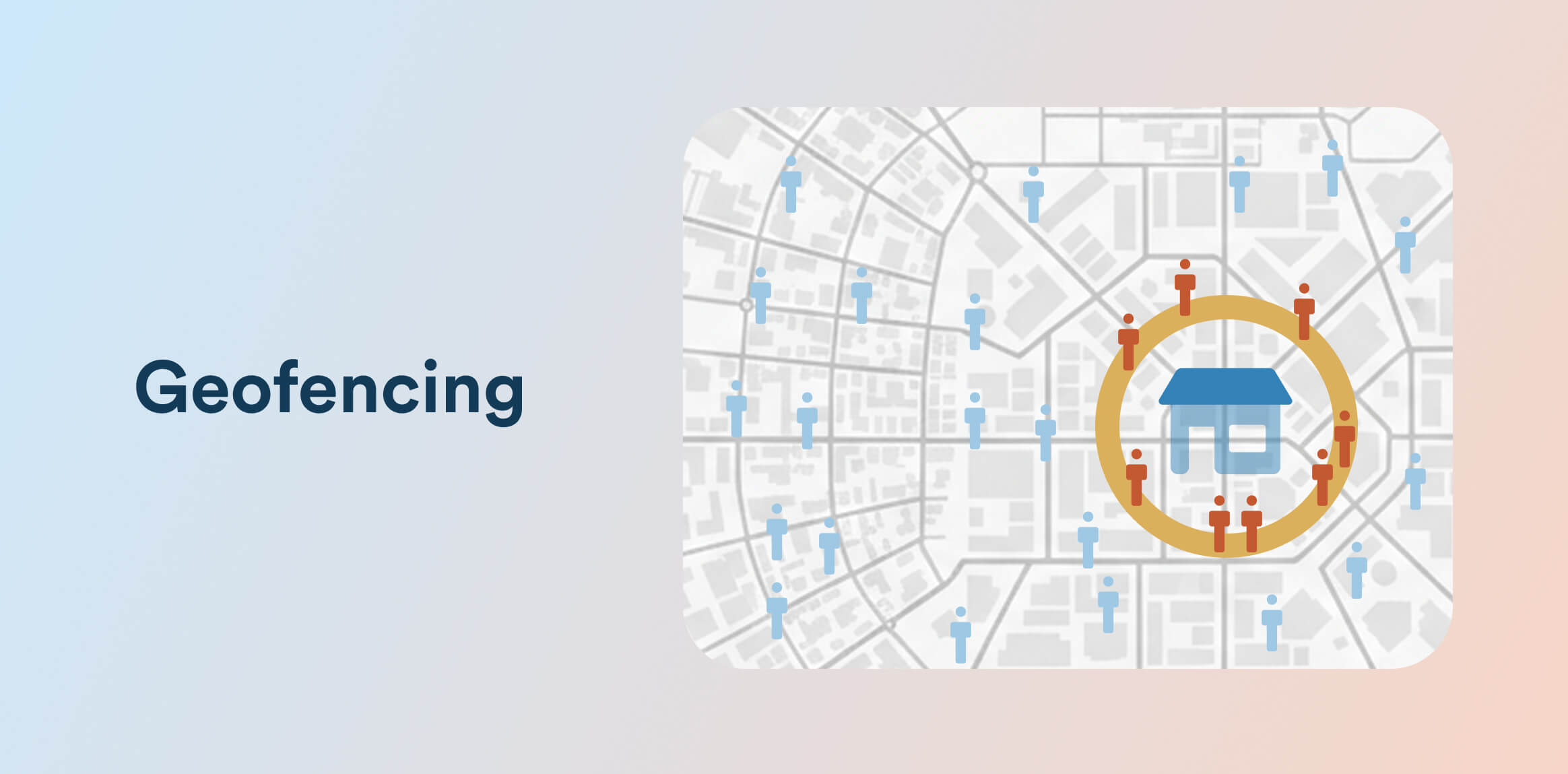
Beacons
Beacons use small Bluetooth transmitters that ping smartphones around them with alerts or offers. It’s best for retailers looking to push context-aware interactions to in-store customers. For example, a grocery app can prompt a coupon when customers are in the fresh produce aisle. Beacons provide precision where GPS and Wi-Fi struggle.
Beacon technology needs Bluetooth permissions and app integration. Its accuracy depends on interference, device orientation, and the beacon placement. That’s why they are most effective in loyalty and retail apps where customers see immediate value.
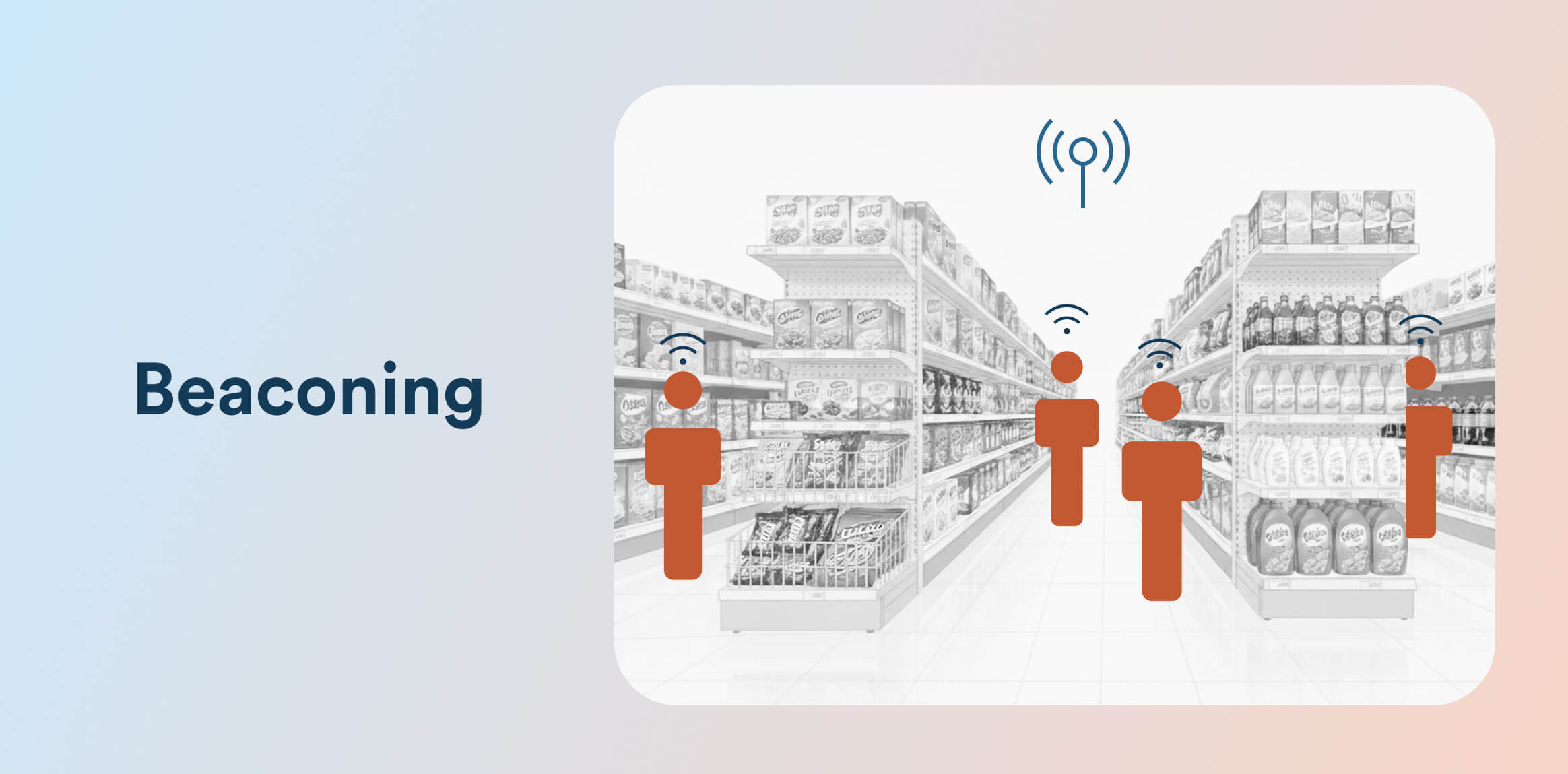
Most beacon marketing campaigns run on Apple’s iBeacon or Google’s Eddystone. Both can nudge nearby phones with messages when someone is just a meter or two away.
Key Benefits of Hyperlocal Marketing
Hyperlocal marketing drives foot traffic and app installs while lifting conversion. At the same time, it keeps budgets focused where they work best.
Drives Foot Traffic And App Installs
Hyperlocal campaigns convert digital reach into physical action. Instead of counting impressions, they bring nearby shoppers into the store.
Tools like Google’s Performance Max make it easy to place ads across Search, Maps, YouTube, and Display to capture intent in the moment. Plus, retailers can speed up the path to purchase with Local Inventory Ads, which show what’s available in stock nearby.
In case of app installs, use Google App campaigns and Apple Search Ads to ensure downloads come from regions your business actually serves.
Improves Conversion Rates Through Relevance
The biggest conversion lift comes from giving people the information they need at the moment of decision.
Local inventory ads and Google Business Profile help businesses achieve exactly that. Local Inventory Ads show real-time product availability, pricing, and store details. Similarly, Google Business Profiles let customers tap call, get directions, or visit brand sites in Search and Maps.
Hyperlocal campaigns combine proximity with context to turn intent-driven micro moments into higher conversion rates. By combining proximity with context, hyperlocal campaigns turn these intent-driven micro moments into higher conversion rates.
Cost-Efficient Ad Spend
Hyperlocal marketing lets brands restrict ad delivery to custom polygons, location groups, and ZIPs within their service areas and exclude non-service zones. These controls let brands adjust location bids and optimize ads for the best-performing pockets.
Store visit reports let them track who walked in after seeing ads. With that data, marketers can bid more confidently, bidding toward regions and ad formats that consistently drive traffic.
The same approach applies to app installs. Both Apple Search Ads and Google App campaigns allow location targeting, so installs come only from markets businesses actually serve. This way, downloads are more relevant, churn is lower, and every ad dollar works harder.
Ideal for Small Businesses and Multi-Location Brands
Hyperlocal marketing is a natural fit for small businesses and multi-location brands.
For small businesses, it levels the playing field by letting them target only neighborhoods or ZIP codes that matter most. Multi-location brands use hyperlocal marketing to customize campaigns for each store. It lets each outlet engage with the community without competing with another branch.
The promise of hyperlocal marketing is powerful, but it’s the tactics behind it that turn potential into performance.
Hyperlocal Marketing Strategies That Work
Effective hyperlocal strategies focus on immediacy, context, and trust. They combine location-based data with platforms customers use to share timely and relevant offers. Here are some strategies that actually work.
Geo-Targeted Push Notifications and SMS
Push notifications and SMS act as real-time nudges. For example, you can send nearby shoppers personalized messages about what’s in stock, the time of the day, and loyalty perks. So, here’s how to do that:
- Aim for personalized messages instead of blasting the same message to everyone.
- Use strategic approaches like day-part targeting (afternoon versus evening), weather-triggered promotions, or hyperlocal nudges to target shoppers within a 100-300 meter radius.
- Always have a kill switch to pause outreach in case you run out of stocks or customer queues suddenly spike.
Also, be careful about opt-in and templates. The Telephone Consumer Protection Act (TCPA) requires clear consent and fast opt-outs in the U.S. In India, the Telecom Regulatory Authority of India’s (TRAI) DLT regulations mean brands must register sender IDs and message templates.
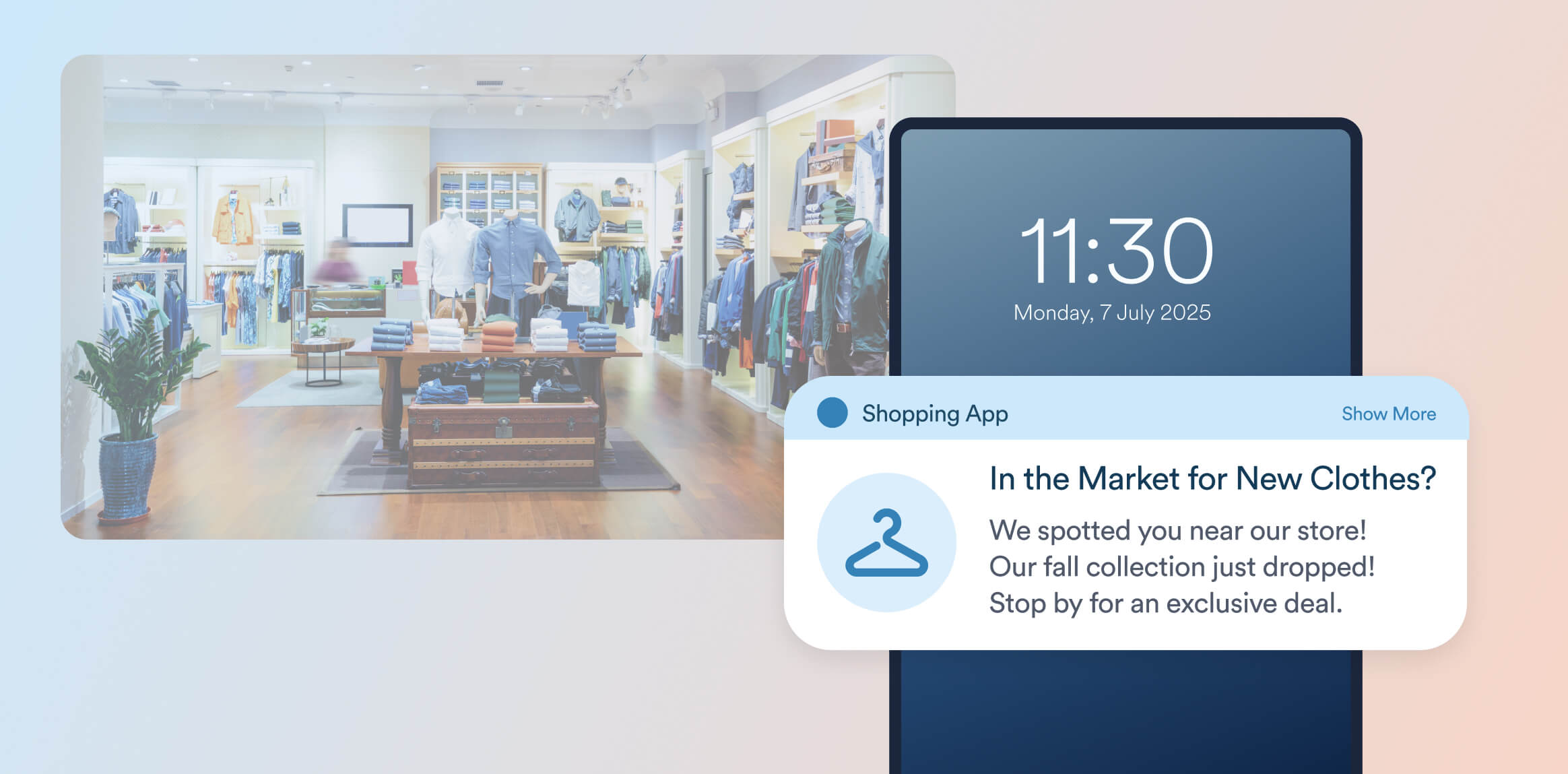
CleverTap makes geo-targeting easy with geo-radius targeting and geofencing, letting you send personalized push or SMS campaigns to users within a set distance of your store. Its built-in controls, like frequency caps, opt-in management, and quick campaign pausing, ensure compliance and prevent oversending.
Location-Based Content Marketing
Thin, city-level pages are no longer effective. Google often flags them as spam, and customers ignore them as well. What consistently performs better is hyperlocal content that provides accurate, neighborhood-specific information. To achieve this, brands can:
- Curate and publish mini-guides, event roundups, and recommendations on Google Business Profiles and Apple Business Connect.
- Add specific services, original photos, FAQs, and authentic local reviews on business pages.
- Apply the LocalBusiness and Event schema for search engines to correctly interpret business profile data.
- Share live events or time-sensitive offers using Google’s ‘What’s Happening’ module.
Aim to create rich, hyperlocal experiences that bring your brand visibility in search and engage customers at the same time. CleverTap helps brands amplify hyperlocal content by segmenting audiences based on location and delivering personalized campaigns that highlight nearby events, offers, or guides. Its analytics then track engagement at the neighborhood level, so marketers see which local content drives real conversions.
Understand how location-based marketing works and how to set it up.
Partner with Community-Focused Influencers and Affiliates
People want to hear from people they trust. A recent survey of 3,700 U.S. consumers shows that 58% of consumers buy online because of influencer endorsement. Plus, more than a third (35%) have done it four to six times.
This is why partnerships work as influencers have already built the kind of community trust brands can’t create overnight. Another smart move is offering influencers a commission-based affiliate setup that rewards them for every sale they drive.
CleverTap enables brands to measure the real impact of influencer and affiliate campaigns by tracking user journeys from referral to purchase. With attribution and cohort analysis, you can see which community-driven partnerships deliver repeat engagement and revenue.
Hyperlocal Social Proof and Reviews
42% of consumers regularly read online reviews when browsing for local businesses. For small and medium businesses, this means highlighting authentic customer voices through Google reviews, community Facebook groups, or location-tagged testimonials.
You can also feature hyperlocal reviews on your website and local landing pages to bridge the gap between digital discovery and local footfall. CleverTap lets you collect and showcase user feedback in-app or via campaigns, helping boost authentic local reviews at the right touchpoints. Its analytics show which reviews or testimonials drive conversions in specific neighborhoods, so you know where social proof has the most impact.
Optimize Maps and Listing Surfaces
Think of your map profile as today’s digital storefront. A complete listing with strong reviews signals credibility right away. Photos, categories, and detailed service details build trust, while high ratings and a healthy number of reviews boost local rankings.
Your brand’s name, address, and phone number (NAP) should match across Google, Apple Maps, Yelp, and any industry-specific directories. Even small inconsistencies can cause customers to drop off.
To go further, layer in local SEO tactics. Add hyperlocal keywords to your listing descriptions, enable Q&A features, and highlight promotions or offers in your Google Business Profile. These steps turn your map and listing presence into a powerful conversion channel.
Use Retail and Delivery Marketplaces as Ad Channels
Leaning into retail and delivery marketplace ads puts you in front of nearby shoppers. Plus, it lets you tie ad exposure directly to sales. U.S. retail media spend is about $60B in 2025 and growing roughly 20% year over year. In short, focus your ad delivery on these marketplaces because that’s where your shoppers and competitors are.
Tactically, start with sponsored listings and geo- or day-parted promotions (think lunch and dinner windows for specific ZIP codes). Add bundles and price-led offers to lift average order value. And, always keep creatives fresh with strong product images and visible ratings. Then, continue iterating. A/B test keywords and creatives, and optimize for incremental sales and ROAS.
CleverTap connects retail and delivery marketplace ads to in-app behavior, letting you track which campaigns drive actual purchases and repeat orders. Its experimentation tools support A/B testing creatives, offers, and keywords, so you can continuously improve ROAS at the hyperlocal level.
Now, let’s walk through a few best practices that turn hyperlocal campaigns into a revenue engine.
Best Practices for Hyperlocal Digital Campaigns
Here’s how you can use mobile-first design, timely local signals, focused location pages, geo A/B tests, and privacy-first tactics to turn hyperlocal intent into measurable sales.
Mobile-First Creative and UX
Most hyperlocal discovery happens on phones. For example, pages that load in under 3 seconds convert approximately 32% higher than those taking 5 seconds. Even a 0.1-second improvement in mobile load time can boost retail conversion. That means slow load times are expensive and result in lost sales. Prioritize clean designs with thumb-reachable buttons, short forms, clear CTAs, and minimal visual clutter.
Timely and Weather/Location-Relevant Messaging
Relevant messaging triggered by local weather or time of day drives higher engagement. In one case, a home improvement retailer used temperature increases and spring-weather triggers across 1,700 U.S. locations and saw a 17% lift in site traffic. You must plan creatives by daypart (morning, afternoon, evening), and adapt copy or offers when conditions like heat, rain, or air quality shift.
Local Landing Pages For Better Conversions
Location-specific landing pages help you show up at the exact moment of decision. They let you display hours, offers, inventory, and directions, making it easier for the customer to say yes. Consistency with NAP, local schema, reviews, and neighborhood keywords helps both ranking and trust.
A/B Testing By Location Or Radius
Different neighborhoods or radius bands respond differently to creatives, offers, and timing. Running geo-split tests helps you see where specific messages or deals perform best.
Keep test audiences exclusive, measure key metrics like incremental sales, ROAS, and customer acquisition to see what works best. Over time, group similar areas (residential vs. commercial zones) to standardize what succeeds.
Consent and Privacy Considerations
Privacy laws are tightening globally. The Digital Personal Data Protection (DPDP) Act mandates specific, informed consent for data collection in India. On the other hand, U.S. laws like CCPA/CPRA restrict the collection or use of sensitive and precise location data.
Apple’s App Tracking Transparency (ATT) has already cut targeting ability for many brands, pushing them toward first-party data and contextual signals instead. Always provide clear opt-in/opt-out choices, minimize data you capture, and vet third-party vendors to ensure compliance.
Hyperlocal Marketing Examples From Real Brands
Tips are useful, but nothing brings them to life like examples. Here are some hyperlocal marketing examples that show how brands are actually winning.
Exclusive App Coupons
In February 2025, Starbucks launched the Starbucks Monday campaign to ease the post-Super Bowl slump. Rewards members got a free tall hot or iced coffee. To redeem it, they had to apply the coupon in the app and use it in-store or at the drive-thru.
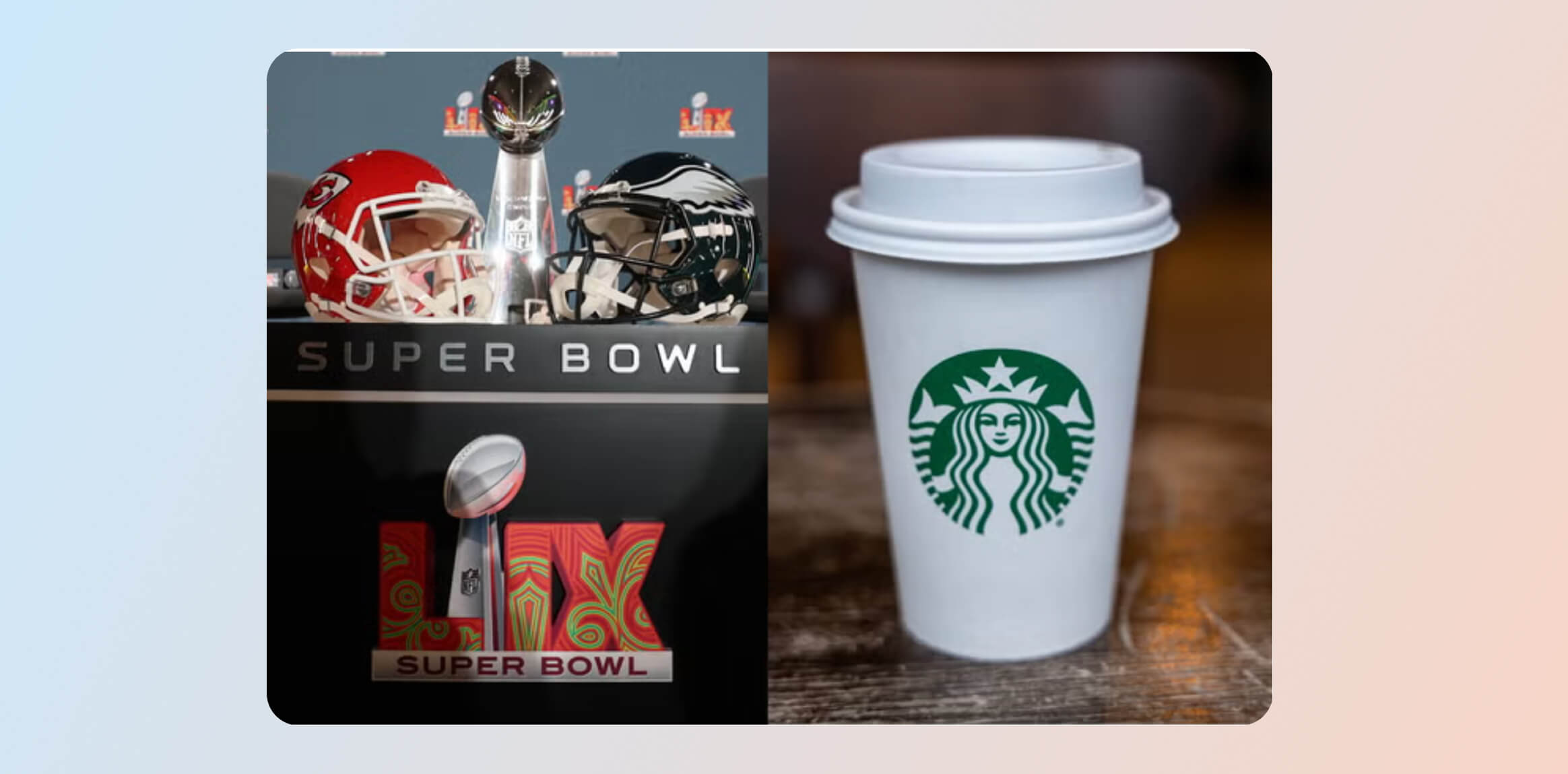
Non-members could also join by a deadline, so the offer would appear in their app. This gave Starbucks a surge in new sign-ups. The campaign was advertised heavily around stores as part of the company’s “Back to Starbucks” push. A simple free coffee ended up driving app engagement, foot traffic, and renewed loyalty.
Starbucks pushes offers to users depending on their proximity to a cafe; their app sends localized “mobile offers when you are near a store” to drive foot traffic. Store managers are often given leeway to adapt décor, promotions, music, and events to local tastes and sensibilities (e.g. local store events, community engagement) rather than a rigid global template.
F&B Happy Hours Based On Local Weather
Juliet Italian Kitchen, a restaurant and bar in Austin, started offering all frozen drinks for $7 whenever the temperature reached 100°F or more.
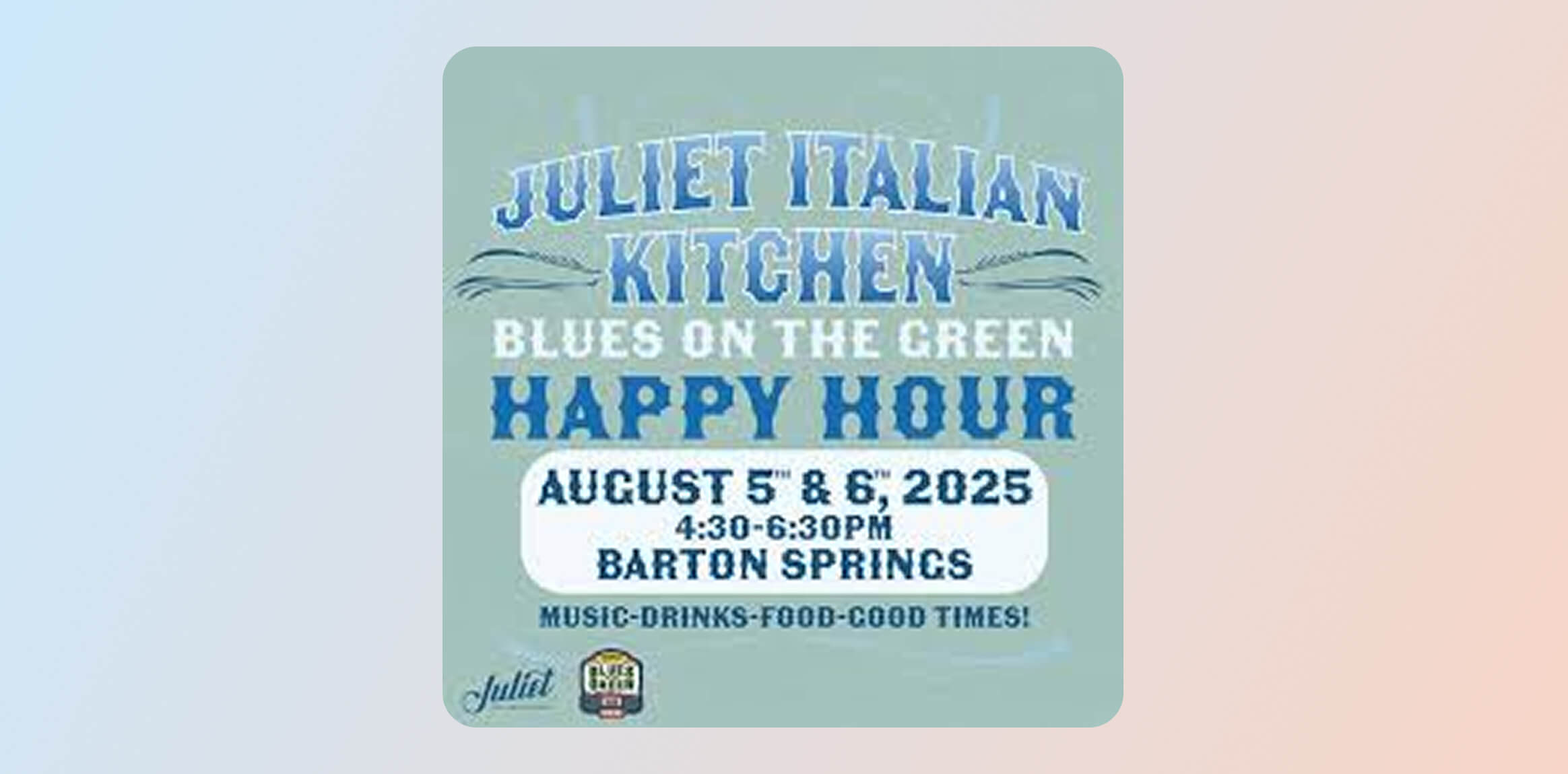
The offer was posted on social channels, and local outlets picked it up. Customers flocked in during late afternoons when the heat was highest. This hyperlocal strategy connected weather with immediate promotions and drew foot traffic when business might otherwise be slow.
CleverTap’s Role in Hyperlocal Marketing
Hyperlocal marketing works best when you combine location, behavior, and buying intent. CleverTap helps you do exactly that with it’s location-based marketing platform. For example, Lenskart has 500+ offline stores. Using CleverTap’s geofencing and triggers, Lenskart nudges users to check out new products and offers at nearby stores.
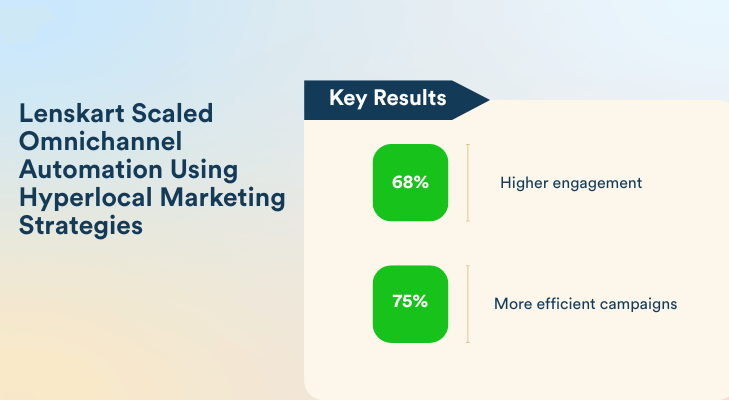
Here’s what you can do with CleverTap:
- Send targeted push messages or SMS based on current or past location. CleverTap lets you set up geofence events (like when a user enters or exits a defined area) to trigger push, SMS, or in-app messages. Pairing this with behavioral data like past visits or dwell time makes each message highly contextual.
- Geofencing with smart segmentation. Drop a virtual circle around your store. CleverTap groups people who enter or leave that area, so you can target each group with the right message.
- A/B testing by locale. CleverTap supports full A/B testing for creatives, messages, and segments. In one case, Home Credit Indonesia tested variants with 25% of users each, then pushed the winning version to the rest. You can take the same approach with geography, testing one ZIP against another to see what works best.
- Measure campaign effectiveness by pin code:.CleverTap goes beyond basic reporting. You get dashboards, event analytics, funnels, trends, and cohort reports, all filterable by location. That way, you can see, for example, how many people in a specific city or pin code responded to your geofence push. For multi-store brands, this visibility shows which locations drive results, where foot traffic is growing, and where messaging needs improvement.
Want to get the most from hyperlocal marketing? Explore how CleverTap can help.
Kiran Pius 
Leads Product Launches, Adoption, & Evangelism.Expert in cross-channel marketing strategies & platforms.
Free Customer Engagement Guides
Join our newsletter for actionable tips and proven strategies to grow your business and engage your customers.

